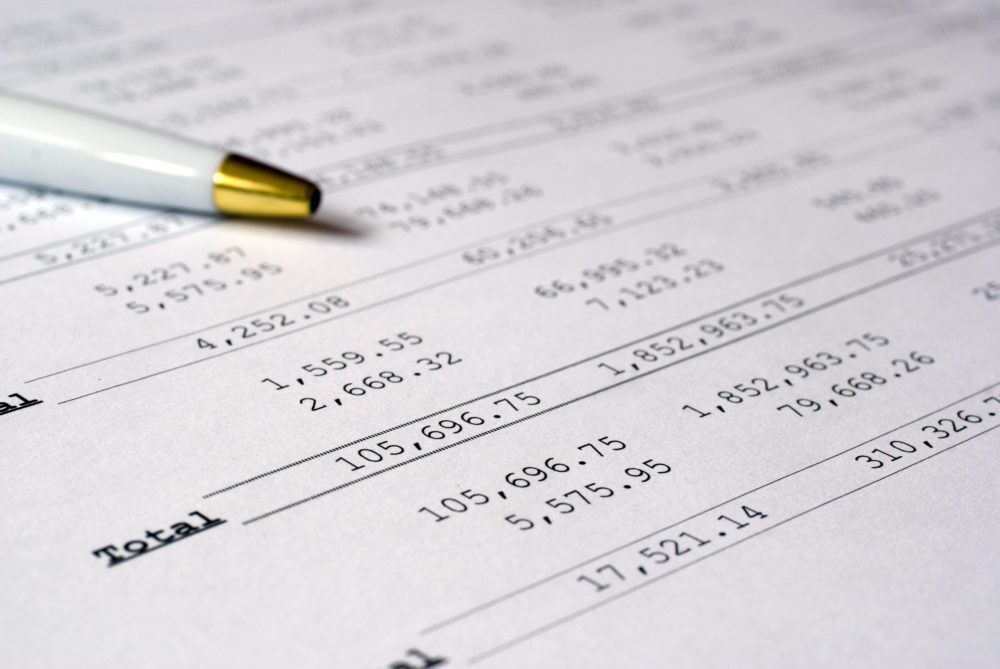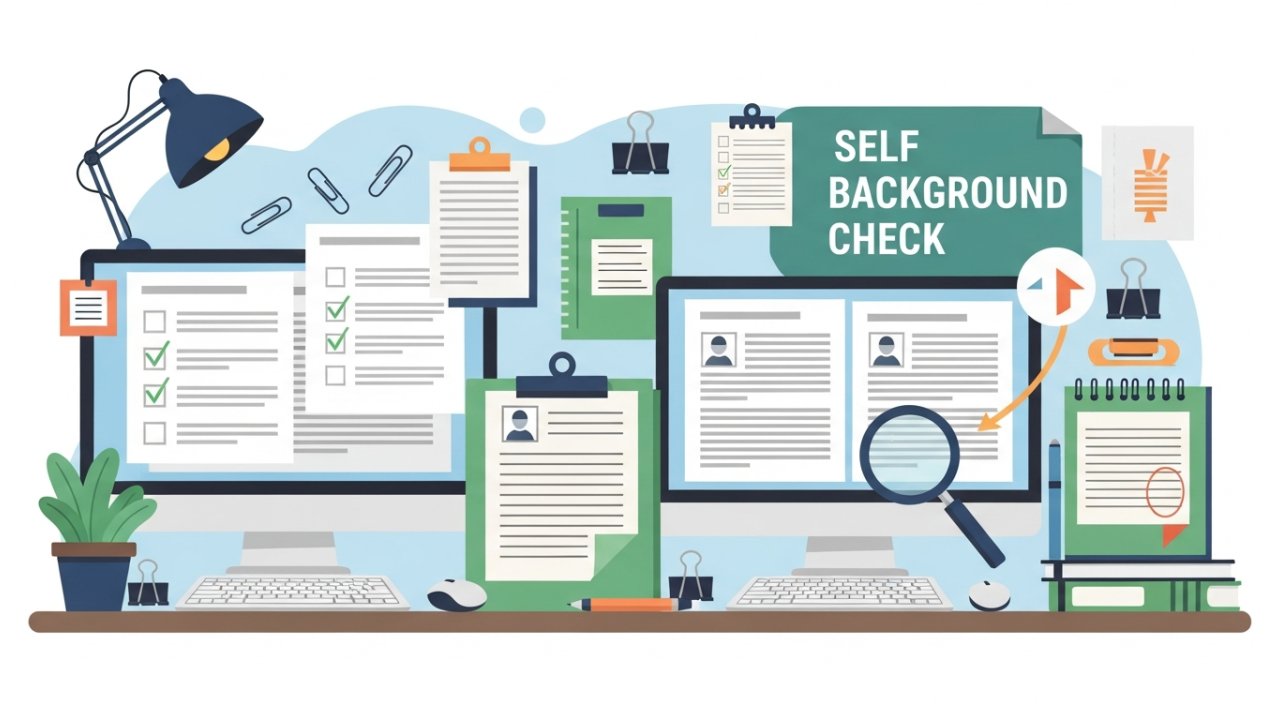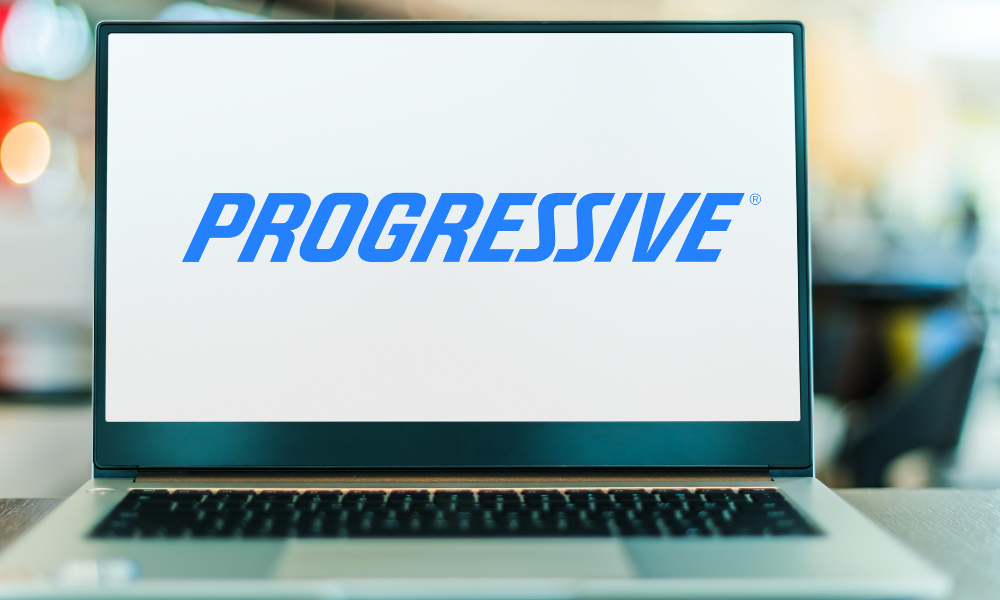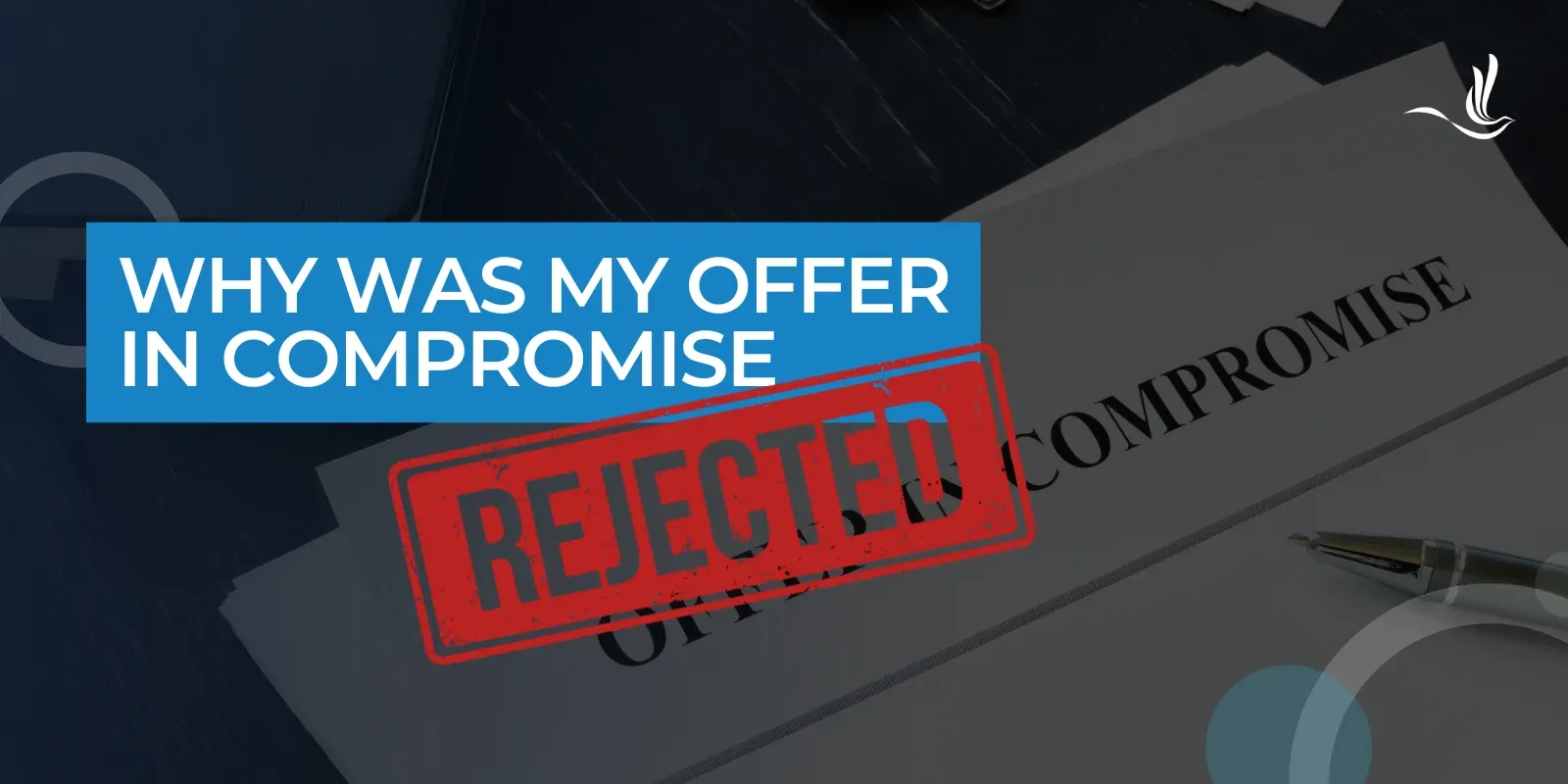A profit and loss account (P&L) template is important whether you are running a business or in the process of setting one up.
If you’re just starting, P&L forecasting is an integral part of writing a business plan, as it gives you a clear indication of whether your business is viable.
A P&L account will show you what your business’ income and expenses are so you have a clearer idea of your trading history over a certain period of time.
What is a profit and loss template?
A P&L template shows:
- Business performance over a specific period of time
- Recorded incomings and outgoings
- Sales income generated, including estimates of work in progress but not yet invoiced.
A P&L statement is usually prepared annually and shows revenues and costs and how much profit has been made over the period. “This timeframe provides a comprehensive view of your business’ financial performance and allows for adjustments based on yearly cycles and market changes,” said Harvey Morton, founder of Harvey Morton Digital.
It should form part of your overall bookkeeping set of documents – along with a balance sheet and cashflow forecast.
For limited companies, a profit and loss statement (or income statement) must form part of the statutory annual accounts submitted to HMRC and Companies House.
For sole traders and the self-employed, you must still keep records of all income and expenses for your Self Assessment tax return, but there’s no fixed turnover threshold (the old “£50,000” figure is no longer relevant).
From the 2023/24 tax year onward, HMRC has used the tax-year basis for reporting business profits, so if your accounting year doesn’t end on 31 March or 5 April, you may need to apportion profits. This means you have to divide your total profits between two or more tax years.
For example: For the 2024/25 tax year (6 April 2024 – 5 April 2025), you’d need to report profits that fall into that period, even though your accounts end in December.
So, you have to apportion your profit between:
- 9 months from your accounts ending 31 December 2024
- And 3 months from your next accounts ending 31 December 2025.
It’s not just a legal box-ticking exercise either. In the current economic climate, this forecasting process can be vital in giving business leaders the oversight needed to confidently make decisions about profitability and planning for future budgets and financial scenarios in the long term.
Why do I need a profit and loss document?
When it’s completed properly, your P&L paints a clear picture of your company’s financial performance, according to Michael Baron, commercial director of BWS: “Despite the name, a P&L goes far beyond showing the profit and loss; it shows how efficiently that company generates revenue and manages its expenses,” he told Small Business. “A P&L document is vital for internal decision-making and future growth, as well as playing a key role in external communication with investors, creditors and regulators by showing a company’s financial health.”
What should be in my profit and loss document?
A profit and loss statement will typically be made up of three main sections:
- Revenue (Sales): total income generated by the business from selling its products or services.
- Cost of goods sold (COGS): the direct costs associated with producing the goods or services sold. It includes raw materials, labour, and other expenses directly tied to making the product.
- Expenses: all the indirect costs that are required to run a business, often broken down into:
- Selling, general and administrative (SG&A): expenses related to marketing, advertising, rent, salaries that aren’t included in COGS, utilities, and other general operating costs.
- Research and development (R&D): expenses for developing new products or services.
- Interest Expense: any interest paid on loans or other forms of debt.
- Taxes: the amount of income tax the company owes.
Businesses using the cash basis for accounting (available to most sole traders and small partnerships with turnover up to £150,000) record income and expenses when money actually moves, not when invoices are issued.
This affects how your P&L looks, so be sure to choose the correct method for your HMRC filing.
How long should my profit and loss statement be?
There’s no set page length for a profit and loss statement, explains Baron. What really matters is that it is concise and informative, striking a balance between showing enough detail and being easy to understand. “Many P&L statements fit on a single page, but some may require two pages depending on the complexity of the business,” he said.
What matters even more than length is the level of detail included. “A profit and loss forecast should take into account major revenue and expense categories but avoid excessive items that clutter the bigger picture,” said Baron. “The detail may also vary depending on the audience. For example, an internal management P&L may require a more detailed breakdown, whereas investors would prefer a simplified version.”
For those companies that experience seasonal variations, it’s advisable to also forecast on a quarterly basis, advises Jonathan Cooper, founder and director of The Director’s Helpline. “This approach helps in managing cashflow during leaner quarters, ensuring that regular overheads are covered even when revenue is lower,” he said.
Use the templates below to build your own profit and loss account.
PDF profit & loss account template examples
- Click here to download the profit and loss PDF template for companies with under £90,000 turnover. Click here to download the profit and loss PDF template for companies with over £90,000 turnover.
XLS template examples
- Click here to download the profit and loss XLS template for companies with under £90,000 turnover. Click here to download the profit and loss XLS template for companies with over £90,000 turnover.
These templates remain valid for reference, but always ensure they align with HMRC’s latest digital-filing (iXBRL) format if you’re submitting online or using accounting software.
The templates have been produced to be in line with HMRC reporting requirements for self-employed professionals. The numbers are for illustration purposes only and completely random.
Here’s a bit more detail about each element:
Sales
All income from sales should be added for the period the P&L is being prepared for, whether or not your have received payment.
Sales with no received payment should be added to the debtors account in your balance sheet.
[embed]https://www.youtube.com/watch?v=3SSoTzQhdC4[/embed]
Cost of sales
Includes any direct costs involved in making and selling the product purchased, including the wages of those involved in making the product and purchases made from suppliers for goods or raw materials used in the accounting period.
Overheads
Includes general expenses and all other costs you have been invoiced for during the period, such as: rent, rates, professional fees, vehicle costs, national insurance and pensions, utilities, etc.
Items invoiced for, but not yet paid, are added to your creditors account on your balance sheet.
Depreciation
It is a judgment call on how long a period fixed assets should be depreciated over but be consistent in your application of it.
Looking to easily track you profits and losses anywhere and anytime?
We recommend using one of these accounting tools. All three are compatible with both MTD for now AVT and MTD for Income Tax–ready solutions.
Sage
Price: £18 to £59 per month
Sage is a powerful cloud-based accounting platform designed to simplify bookkeeping, VAT returns, and cashflow management. It connects directly to your bank for real-time reconciliation and uses AI tools to automate invoice capture, payment reminders, and reporting.
Sage automatically categorises income and expenses, giving you an accurate, always-updated view of profitability and helping ensure your figures align with HMRC requirements.
Xero
Price: £16 to £59 per month
Xero offers full-featured accounting software with automatic bank feeds, invoicing, bill management, and inventory tracking. It integrates with hundreds of apps like Shopify, PayPal, and Stripe, making it ideal for businesses with more complex operations or multiple users.
Xero’s live dashboards and financial reports give you clear visibility into revenue, costs, and margins — essential for tracking performance across teams and products.
Tide
Price: £13.99 to £24.99 per month
Tide combines a business bank account with accounting tools in one platform, allowing you to manage money, invoices, and tax all in one place.
It automates transaction categorisation, VAT submissions, and cashflow insights.
Tide links your banking and bookkeeping in real time, so you can instantly see your profits, forecast future performance, and stay on top of tax deadlines.
Further reading on accounting and managing cashflow
Looking for finance? SmallBusiness.co.uk is working in partnership with trusted lenders to help you find the best business funding deals. Find out more here.
Disclaimer: This story is auto-aggregated by a computer program and has not been created or edited by finopulse.
Publisher: Source link








